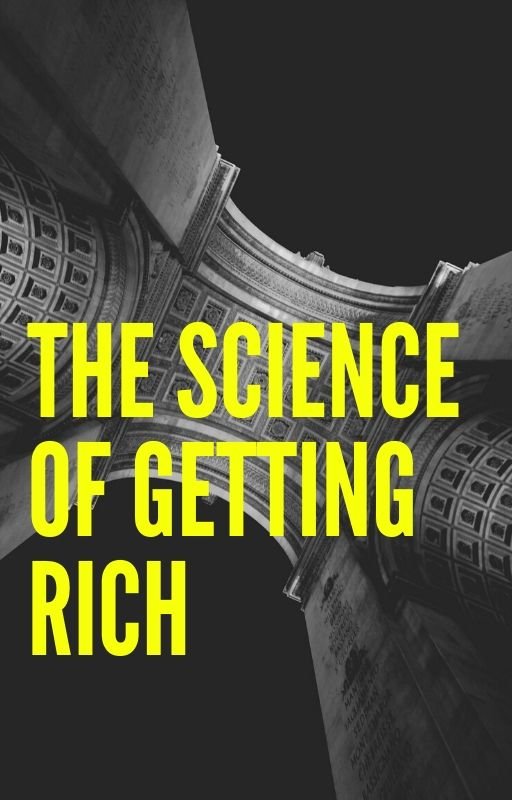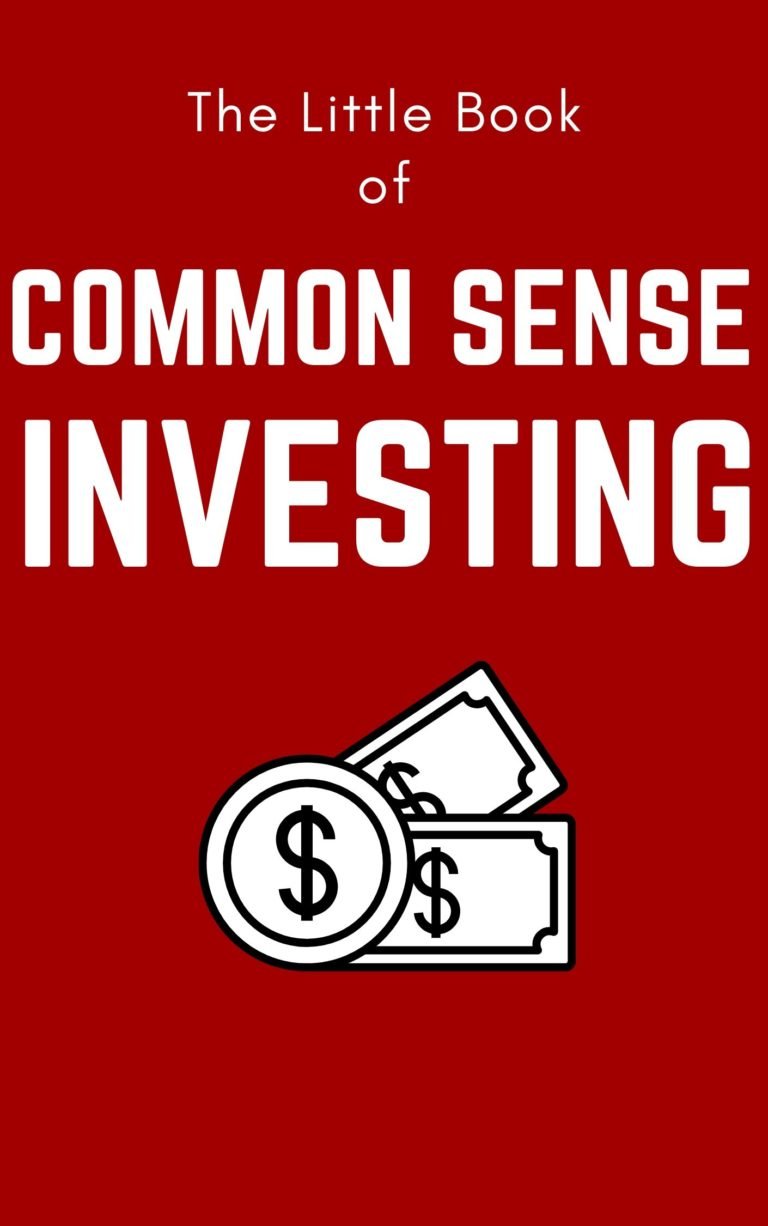Flash Boys
A Wall Street Revolt
#1 New York Times Bestseller — With a new Afterword
Michael Lewis
Rating: 8.4
“Lewis, as always, is exceedingly good at describing the complexities and absurdities of the subculture he portrays here… A deeply entertaining book, and one that illuminates how much our world has changed in less than a decade.”
-Hector Tobar, Los Angeles Times
Contents
Algorithms on the Rise
On October 19, 1987, the US stock market crashed, taking even Wall Street insiders by surprise. Nobody had foreseen it or could explain it. Some of the regulatory adjustments that followed the crash facilitated a still steam-rolling move from fallible human traders to computer trading.
Someone Is Always Faster
All his life, Canadian Brad Katsuyama prioritized fitting in over fulfilling his ambitions: Instead of attending a school for gifted children, he stayed with his friends. He turned his back on the best universities and opted for Laurier to be with his girlfriend and his buddies. After graduation, he began trading stocks at Royal Bank of Canada (RBC) – mostly for lack of an alternative idea.
“Someone out there was using the fact that stock market orders arrived at different times at different exchanges to front-run orders from one market to another.”
Not long after Katsuyama moved to New York to become RBC’s Global Head of Electronic Sales and Trading, he noticed irregularities affecting his work. After 2007, he could no longer buy or sell at the exact stock prices flashing on his trading screen. The market prices changed as he tried to make transactions. The frequency of these price jumps ruled out market news as a motivating cause. Unstable prices made assessing risk more difficult and Katsuyama became hesitant to trade.
“Every systemic market injustice arose from some loophole in a regulation created to correct some prior injustice.”
His team found an explanation. When Katsuyama pressed a button on his computer, it sent his order to various exchanges. Since exchanges are in different places, the electronic signal arrived at different times. The margin was milliseconds, but other market participants – high-frequency traders – picked up Katsuyama’s order for specific shares and beat him to other exchanges.
The Need for Speed
Ronan Ryan lacked Wall Street contacts that might open doors to a great job and settled for a position at a big telecom company. Although never particularly interested in technology, once he put his mind to it, he became a sought-after expert. At Radianz, he helped firms transmit signals at ever-increasing speeds. He became a witness to a mad war for speed.
“Brad Katsuyama… trusted the system; and the system…trusted Brad Katsuyama.”
Trading firms tried to lessen the distance – even by scant feet – that a cable travelled from their data centers to the stock exchanges. The exchanges offer “co-location,” letting traders place their computers in the exchange for a fee. When the traders couldn’t move their computers any closer, they demanded the latest materials or changed individual switches to gain microsecond increases in signal speed.
“The markets are rigged….the answer lay beneath the surface of the technology.”
What seemed random to Ryan made sense to Katsuyama, who recruited Ryan for his banking team. Ryan took a considerable pay cut to join RBC as head of high-frequency trading strategies. The title bore almost no relation to his actual job, which was to explain to Katsuyama in technical terms what was happening in the markets. As Katsuyama learned all he could about high-frequency trading (HFT), he came to understand the rules of the HFT game, its impact on the markets and its grip on the exchanges. Katsuyama decided to fight HFT and its ability to cut off other trading. He hoped to enlighten and educate other investors and to put enough pressure on the system to change it.
Well-Meaning Is the Opposite of Well Done
Before John Schwall joined Katsuyama’s team, he was a product manager at Bank of America. Deeply attentive to detail, Schwall ran the nitty-gritty specifications that trading programs required. When he learned that some market participants were, in effect, “front-running” others, he needed to find out why that was possible, or lawful. His research led him to some well-meaning legislation: Regulation National Market System, or Reg NMS for short. It required brokers to buy at the exchange that offered the lowest prices. Determining the lowest price required US exchanges to submit data to the Securities Information Processor, which calculated the National Best Bid and Offer (NBBO). This created a trading delay. HFT experts could calculate the NBBO much faster, and thus profit from a sneak preview of the market. The larger the time gap between the official NBBO and a privately calculated one, the more high-frequency traders made. The more price fluctuations a stock went through, the more opportunities high-frequency traders had to exploit those fluctuations.
“The team Brad was assembling at RBC didn’t have all the pieces to the puzzle…but they [were] willing to talk openly on the subject.”
The regulation made market behavior easier for high-frequency traders to predict, because brokers had less flexibility in how they placed orders. Reg NMS inadvertently created a loophole high-frequency traders could exploit. Schwab saw that whatever regulators did to improve market behavior, some people found a way to turn it to their advantage.
Battling HFT Illiteracy
Katsuyama encountered widespread ignorance about the workings of HFT. Some HFT supporters, including SEC employees, claimed that HFT “provided liquidity” in the market – since, by 2008, high-frequency trades made up about 65% of all trades. In Katsuyama’s view, however, high-frequency traders hijacked trades that would have taken place without it. Once they knew a buyer and a seller were in place, they profited from the trade without assuming any risk.
“The average size of IEX’s trades was by far the biggest of any stock exchange, public or private.”
HFT did not create liquidity, but undermined it. Traders like Katsuyama – who did provide liquidity – were less likely to assume the risk of trading if they could not rely on market information. Further, high-frequency traders benefited from volatile, fragmented markets. “The price volatility within each trading day in the US stock market between 2010 and 2013 was nearly 40% higher than in the most volatile days of the dot-com bubble.” HFT also contributed to fragmentation by “[encouraging] new exchanges to open.”
Sergey Aleynikov
Goldman Sachs saw opportunities in HFT, but it did not reap any benefits; its systems were simply too slow to compete. Russian programmer Sergey Aleynikov’s job was to change that. The bank’s existing system suffered from too many layers, too many lines of code, too many patches and too much built-in bureaucracy. Aleynikov realized that Goldman Sachs’s best shot at a competitive high-frequency trading platform was to build one from scratch – but management wouldn’t hear of it.
“A small class of insiders with the resources to create speed were now allowed to preview the market and trade on what they had seen.”
Aleynikov’s programming skills were in high demand on Wall Street. He didn’t consider leaving Goldman Sachs until the manager of another hedge fund asked him to build a new trading platform from square one. He jumped at the opportunity. At Goldman Sachs, he had used open-source software code for his work. To his chagrin, the firm had forbidden him to release his changes to the code back to the open-source community. Goldman Sachs considered even minimal changes proprietary. Before he left, Aleynikov uploaded some of his code to a site where he could retrieve it later. If he needed to code something similar again, he thought that cache of code would help him reconfigure his earlier work. He knew his actions weren’t strictly legal, but he considered the uploading a minor crime – a programmer’s benign habit.
“Writing a program is like giving birth to a child…It is a creation. Even though it is technical, it is a work of art. You get this level of satisfaction.” (Sergey Aleynikov)
Goldman Sachs managers alerted the FBI, whose agents did not regard Aleynikov’s actions as minor at all. The Feds arrested Aleynikov and charged him with “violating both the Economic Espionage Act and the National Stolen Property Act.” Aleynikov was happy to confess. He believed that once the FBI understood what he had done, he would be free to go. The agent responsible for his case – as well as the jurors, prosecutors and most of the witnesses – clearly struggled to understand the nature of his offense, let alone the specifics of high-frequency trading.
“Dark pools were …private stock exchanges run by the big brokers…they were not required to reveal to the public what happened inside them…no one but the broker who ran it had any idea what was happening.”
Aleynikov “was sentenced, without the possibility of parole, to eight years in federal prison.” Experts asserted after the trial that his decision to upload his code was normal programmer behavior. The code wasn’t that valuable anywhere outside Goldman Sachs – especially since Aleynikov would have needed to use an entirely different programming language to create the new trading platform. He could have made money if he’d taken the bank’s “algorithmic trading strategies,” but he left those alone.
The Investor’s Exchange
In a gutsy move, Katsuyama and his team decided to leave their secure, well-paying jobs at RBC to open their own exchange, the Investors Exchange (IEX). They hoped their exchange would fix the loopholes that high-frequency traders exploited and would allow investors to trade on a fair exchange. To avoid “predatory trading,” IEX took several steps, including:
- A “350-microseconds delay” – IEX intentionally extends the time it takes for a traders’ signal to reach its matching engine, thus negating any speed advantage.
- No co-location – IEX does not allow any firm to put computers near its matching engine.
- No kickbacks or rebates – IEX charges everyone the same fee based on share volume.
- Limited types of orders – Some exchanges offer various order types catering to HFT. For example, a high-frequency trader could hide an order until someone else entered the same order, making the high-frequency trader first in line. IEX’s order types do not give faster traders an advantage.
- Owned by investors only – To avoid a conflict of interest or any hint of a conflict, only investors (such as pension funds, mutual funds and hedge funds) – not bankers or brokers – own IEX. Even the exchange’s founders have to work through a broker to trade on the exchange.
What Happens in the Dark Pool, Stays in the Dark Pool
A couple of months after IEX opened on October 25, 2013, Katsuyama had learned some valuable lessons. Other stock exchanges (not surprisingly) and big Wall Street banks (unexpectedly) did not welcome IEX. It received negative – and untruthful – word-of-mouth feedback. Opponents even threatened some IEX employees. When big investors, such as mutual fund managers, told their banks to manage their business via IEX, those banks bent over backward to avoid giving IEX any business at all.
“The picture…most people have of the markets is…a picture a human being might have taken. That picture is dated; the world it depicts is dead.”
A program that graphically showed IEX’s trading statistics helped Katsuyama interpret market behavior. He learned that some big banks were “pinging” IEX for shares. They would, for example, order 100 shares to see whether IEX had a matching seller. This was a way to get information without publicizing a high demand that might affect the share price to their disadvantage. Curiously, even if IEX did have a matching trade partner, the banks still wouldn’t trade on IEX.
“The speed with which trades occurred was no longer constrained by people. The only constraint was how fast an electronic signal could travel between…the data center…that housed Chicago Mercantile Exchange and…NASDAQ’s stock exchange in…New Jersey.”
Katsuyama saw that the banks were trading in their own barely regulated private exchanges, called “dark pools.” The law did not require banks to publish data on how the dark pools operated. This provided banks with opportunities and temptations to put investors at a disadvantage. Pinging IEX gave banks a double advantage: They gained a facade that made it look as if they had tried to trade on IEX. And, they could make IEX’s stats look bad: Investors read large average trade volumes as an indicator of a good exchange.
“More than 200 SEC staffers since 2007…left …government jobs to work for high-frequency trading firms or the firms that lobbied Washington on their behalf.”
By ignoring offers outside their dark pools, these banks also gave high-frequency traders– who paid for dark pool access – an opportunity to exploit customers’ orders. Katsuyama saw that the exchanges, banks and brokers all benefited from existing inefficiencies. Fixing the market would take far more than offering a fair exchange.
“The US stock market was now a class system, rooted in speed, of haves and have-nots.”
Katsuyama invited major investors, such as pension funds and mutual funds, to share his findings, and he praised the banks and brokers that refused to participate in unfair behavior. New management at Goldman Sachs, which earlier had Aleynikov arrested, understood that it could never compete with HFT professionals, and didn’t want to be part of it. Two influential Goldman Sachs managers saw IEX as a crucial milestone in financial history. In December 2013, the bank began sending many trades to IEX. This change of strategy and support was a ray of hope for Katsuyama. He saw that what he started could end up changing the market for good.






